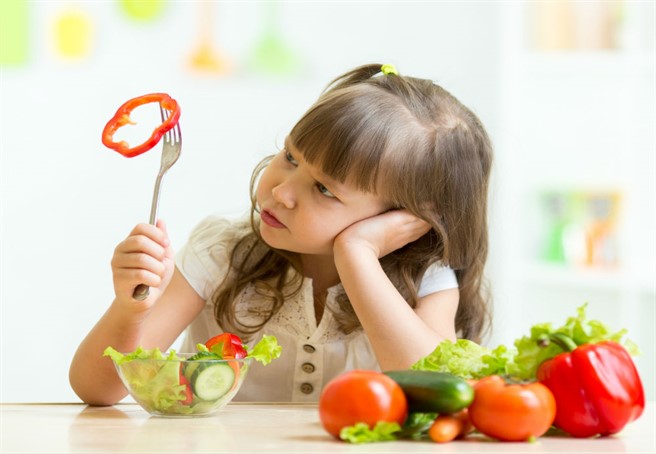
Because children are growing and developing bones, teeth, muscles, and blood, they need more nutritious food than adults; therefore, in addition to the three main meals, children should also include snacks in their diet.
Nutritional recommendations for children 1 to 5 years old
-
In addition to breastfeeding, feed the child 5 to 6 times a day during the second year of life, food should be given first and then breast milk.
-
Give the child food that the child can chew, such as rice, in the form of various cuts mixed with vegetables, legumes, and soft meats.
-
If your child has constipation, use small amounts of peach, apricot, and plum leaves in the preparation of his soup, in addition to vegetables (potatoes, carrots, squash, green peppers, leafy vegetables, etc.) use a small amount of peach, apricot, and plum leaves in preparing his soup.
-
Food color affects a child’s appetite and interest in food. It is interesting for him to eat foods with green, orange, and yellow colors. For example, you can use green leafy vegetables or carrots and tomatoes.
-
Use natural juice instead of industrial juice because sugar, color, and aromatic substances have been added to the industrial juice.
-
Giving a monotonous and repetitive diet causes the child to dislike. Even if the child’s favorite food is given to him in a row, the child refuses to eat it.
-
For dental health, consider the type of carbohydrate and when to consume it. Carbohydrates that stick to teeth should not be given to children late at night.
Nutritional needs of school-age children
During school, children grow relatively uniformly, and the last years of primary school coincide with the beginning of the growth spurt, especially in girls. Therefore, different food groups (cereals, protein, dairy, and fat) should be included in their daily diet.
Nutritional recommendations in the prevention and control of overweight and obesity in children
-
Limit the consumption of ready-made foods, fatty, fried foods, and high-calorie, and high-fat snacks such as fried potatoes, chips, puffs, chocolate, cream and chocolate cakes, ice cream, chocolate milk, etc. in the child’s diet.
-
Instead of fizzy drinks and industrial juices, give your child low-salt water or buttermilk.
-
Use low-fat dairy for children older than two years.
-
Limit butter, buttermilk, cream, and mayonnaise in your baby’s diet.
-
Include balanced amounts of nuts in your child’s schedule.
-
A few nutritional tips to improve the nutritional status of children with growth retardation
-
Give complementary foods appropriate for the baby’s age, half to 1 hour after breastfeeding
-
Use low-volume and high-energy foods using the principles of fortifying baby food
-
Use snacks like rice milk, mashed potatoes, porridge homemade cake, bread, and cheese
Tips for anorexic children
-
Color and diversify baby food (change in food composition, taste, texture, how to cook, or dolls, use colored plates)
-
If the child refuses to eat food, you can change its taste with a favorite spice or try it at another time.
-
Using baby music or playing with the baby while feeding can improve his appetite.
The importance of having breakfast in school-age children
Studies have shown that proper nutrition affects children’s learning ability and not eating breakfast can have negative effects on a child’s learning.
Foods such as porridge, rice milk, Halim, and lentils are often popular with children of this age and have a high nutritional value. These foods can be given to the child at breakfast. Foods such as bread and cheese and walnuts, bread and eggs, bread and butter and jam, bread and butter and dates along with a glass of milk are a nutritious and healthy breakfast for school-age children.




